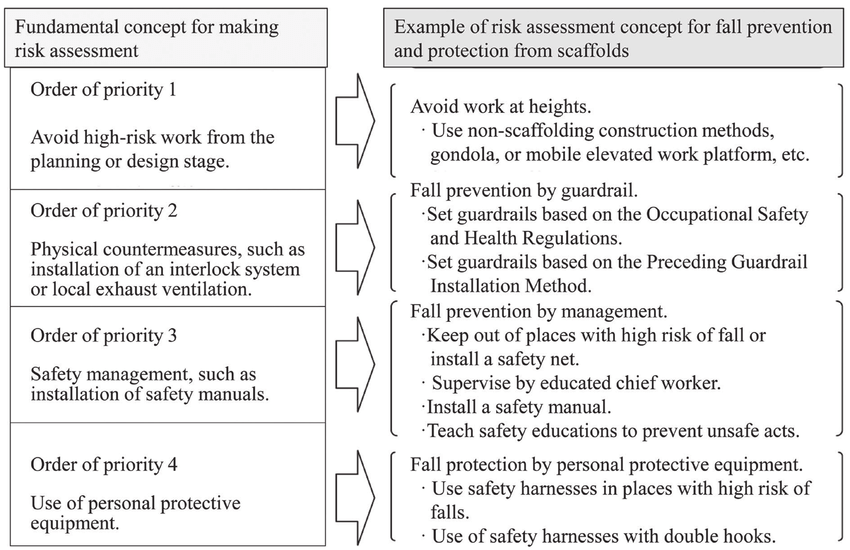See This Report about Dementia Fall Risk
See This Report about Dementia Fall Risk
Blog Article
Dementia Fall Risk - Truths
Table of ContentsDementia Fall Risk Things To Know Before You BuyDementia Fall Risk Things To Know Before You Get ThisUnknown Facts About Dementia Fall RiskDementia Fall Risk Can Be Fun For Everyone
An autumn danger evaluation checks to see exactly how most likely it is that you will drop. The assessment usually consists of: This consists of a collection of questions concerning your general health and if you have actually had previous drops or issues with equilibrium, standing, and/or walking.Treatments are referrals that might lower your risk of falling. STEADI consists of three actions: you for your threat of falling for your threat elements that can be enhanced to attempt to avoid falls (for instance, balance problems, damaged vision) to lower your threat of dropping by using reliable strategies (for example, supplying education and learning and sources), you may be asked numerous inquiries including: Have you dropped in the previous year? Are you worried about falling?
You'll rest down once more. Your provider will certainly check for how long it takes you to do this. If it takes you 12 secs or even more, it may mean you go to higher risk for an autumn. This test checks stamina and balance. You'll being in a chair with your arms went across over your upper body.
Relocate one foot halfway onward, so the instep is touching the big toe of your various other foot. Move one foot fully in front of the various other, so the toes are touching the heel of your various other foot.
Not known Incorrect Statements About Dementia Fall Risk
A lot of drops take place as an outcome of numerous adding variables; therefore, taking care of the danger of falling begins with recognizing the variables that contribute to fall risk - Dementia Fall Risk. Several of the most relevant threat elements consist of: History of prior fallsChronic clinical conditionsAcute illnessImpaired gait and equilibrium, reduced extremity weaknessCognitive impairmentChanges in visionCertain high-risk medications and polypharmacyEnvironmental variables can likewise raise the threat for falls, including: Poor lightingUneven or harmed flooringWet or slippery floorsMissing or harmed hand rails and order barsDamaged or incorrectly equipped devices, such as beds, mobility devices, or walkersImproper use of assistive devicesInadequate supervision of individuals staying in the NF, including those who exhibit aggressive behaviorsA effective autumn risk monitoring program requires a complete medical assessment, with input from all members of the interdisciplinary team

The treatment plan should likewise consist of interventions that are system-based, such as those that promote a secure atmosphere (ideal lighting, hand rails, grab bars, etc). The effectiveness of the interventions ought to be reviewed regularly, and the care strategy revised as needed to show adjustments in the fall risk assessment. Carrying out a loss threat monitoring system making use of evidence-based ideal practice next page can minimize the frequency of drops in the NF, while restricting the potential for fall-related injuries.
Some Known Details About Dementia Fall Risk
The AGS/BGS standard recommends screening all grownups aged 65 years and older for fall danger every year. This screening includes asking individuals whether they have fallen 2 or more times in the past year or looked for clinical attention for an autumn, or, if they have not fallen, whether they really feel unsteady when strolling.
Individuals that have actually fallen when without injury should have their equilibrium and stride examined; those with stride or balance problems need to receive added evaluation. A history of 1 fall without injury and without stride or equilibrium troubles does not call for additional analysis beyond ongoing annual autumn threat screening. Dementia Full Report Fall Risk. An autumn risk analysis is required as part of the Welcome to Medicare examination

Dementia Fall Risk for Beginners
Recording a drops background is just one of the top quality signs for loss avoidance and monitoring. A vital component of threat assessment is a medicine evaluation. Numerous courses of medications raise fall danger (Table 2). copyright medications specifically are independent predictors of drops. These medicines have a tendency to be sedating, change the sensorium, and impair equilibrium and gait.
Postural hypotension can usually be reduced by lowering the dosage of blood pressurelowering drugs and/or stopping medicines that have orthostatic hypotension as a negative effects. Use above-the-knee assistance hose pipe and copulating the head of the bed boosted might also minimize postural reductions in high blood pressure. The suggested their explanation aspects of a fall-focused checkup are received Box 1.
.png)
A Yank time greater than or equal to 12 secs suggests high fall danger. Being incapable to stand up from a chair of knee elevation without using one's arms indicates raised autumn danger.
Report this page